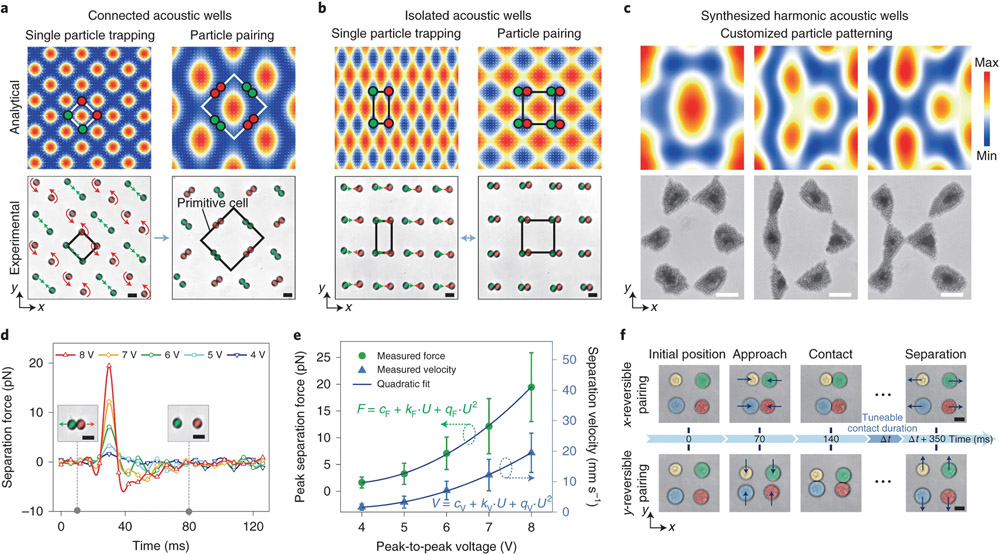Fig. 3 ∣. HANDS for manipulation of soft matter and living cells for precision quantitative measurements.
a,b, Analytical simulations and experimental results for single-colloid trapping and pairing with connected (a) and isolated (b) acoustic wells for colloidal particles (9.51 μm). The green and red arrows indicate the directions of the acoustic radiation forces. Scale bar, 10 μm. c, Analytical simulations and experimental results with synthesized harmonic acoustic wells for the generation of customized colloidal patterns of 2 μm polystyrene particles, with the letters ‘O’, ‘D’ and ‘K’. Scale bar, 20 μm. d, Separation forces (averaged from six particles) for the colloidal particles with various excitation signal amplitudes ranging from 4 to 8 V. e, Quantitative characterization of the peak separation forces (F) and the corresponding separation velocities (V) with varied peak-to-peak voltage (U) for the 9.51-μm-diameter polystyrene particles (averaged from six particles). From a quadratic fit of the peak separation forces (e), the force quadratic constant qF is 0.91 ± 0.05 pN V−2 (fit value ± s.d.). A quadratic fit of the separation velocities gives a velocity quadratic constant qV of 0.25 ± 0.04 mm s−1 V−2 (fit value ± s.d.). f, Reversible pairing of U937 cells along both the x and y directions. The blue arrows indicate the direction of the acoustic radiation forces during reversible pairing. Scale bar, 10 μm.

